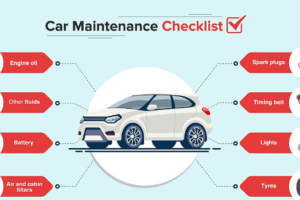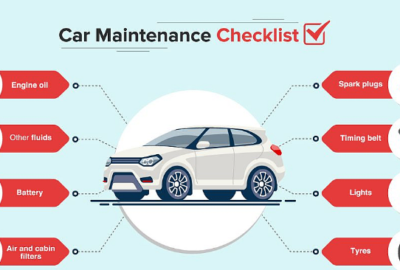Understanding How Hybrid Electric Cars Work
Hybrid electric vehicles (HEVs) combine an internal combustion engine with one or more electric motors, utilizing stored energy in batteries. Unlike plug-in electric vehicles, HEVs do not require external charging stations; instead, their batteries are charged through regenerative braking and by the internal combustion engine itself. This innovative design allows for several advantages in terms of efficiency and performance without compromising on capability.
Key Components of Hybrid Electric Cars
- Battery (Auxiliary):
- Provides initial power to start the vehicle before the traction battery engages.
- Powers vehicle accessories.
- DC/DC Converter:
- Converts high-voltage DC power from the traction battery to lower-voltage DC power for running vehicle accessories and charging the auxiliary battery.
- Electric Generator:
- Converts kinetic energy from braking into electricity.
- Sends this energy back to the traction battery for storage.
- Electric Traction Motor:
- Uses power from the traction battery to drive the vehicle’s wheels.
- Some models feature motor generators that serve both propulsion and energy regeneration functions.
- Exhaust System:
- Routes exhaust gases from the internal combustion engine out through the tailpipe.
- Includes a three-way catalyst to reduce emissions.
- Fuel Filler and Tank (Gasoline):
- Allows refueling with gasoline, stored onboard until needed by the engine.
- Internal Combustion Engine (Spark-Ignited):
- Combines fuel and air in either the intake manifold or combustion chamber.
- Ignites the air/fuel mixture via spark plugs.
- Power Electronics Controller:
- Manages electrical energy flow from the traction battery.
- Controls speed and torque output of the electric traction motor.
- Thermal System (Cooling):
- Maintains optimal operating temperatures for the engine, electric motor, and power electronics.
- Traction Battery Pack:
- Stores electricity for use by the electric traction motor.
- Typically, composed of lithium-ion cells for efficiency and power density.
- Transmission:
- Transfers mechanical power from the engine and/or electric motor to drive the wheels.
How Hybrid Electric Cars Function
Hybrid electric cars optimize fuel economy by:
- Allowing the internal combustion engine to operate at its most efficient speed and workload.
- Utilizing electric power for acceleration, reducing the workload on the gasoline engine.
- Capturing energy typically lost during braking through regenerative braking, which charges the traction battery.
Benefits of Hybrid Electric Cars
- Improved Fuel Efficiency: Combines electric power and gasoline engines for better mileage.
- Reduced Emissions: Lower overall emissions due to efficient use of fuel and electric power.
- Enhanced Performance: Instant torque from electric motors improves acceleration.
- Lower Operating Costs: Reduced fuel consumption and fewer maintenance needs compared to conventional vehicles.
Understanding the mechanics and advantages of hybrid electric cars underscores their role in achieving sustainable and efficient transportation solutions. By integrating advanced technologies, HEVs offer a practical bridge between traditional internal combustion engines and fully electric vehicles.






